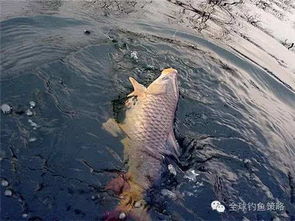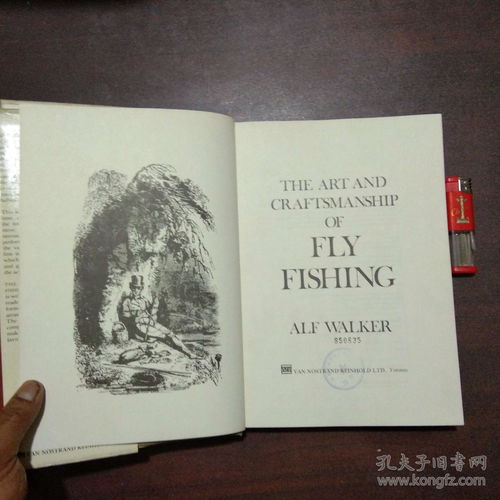Content:
Zha Gou fishing, a traditional Chinese angling technique, has been practiced for centuries, offering anglers a unique and rewarding way to connect with nature. Whether you are a seasoned fisherman or a beginner looking to explore the depths of freshwater fishing, mastering the art of Zha Gou fishing can elevate your angling experience. In this article, we will delve into the essential techniques and tips to help you become a proficient Zha Gou fisherman.
Understanding Zha Gou Fishing
Before diving into the techniques, it's crucial to understand what Zha Gou fishing entails. Zha Gou, also known as "hook fishing," involves using a long bamboo pole with a hook attached to the end. The angler casts the line into the water, waits for a fish to take the bait, and then manually retrieves the fish to the shore. This method requires patience, precision, and a deep understanding of the water's behavior.
Essential Equipment for Zha Gou Fishing
To begin your journey into Zha Gou fishing, you'll need the following equipment:
Bamboo Pole: The traditional bamboo pole is ideal for Zha Gou fishing. It should be long enough to reach the bottom of the lake or river and have a strong yet flexible build.
Hook: A small, sharp hook is essential for securing the bait. The size of the hook will depend on the type of fish you are targeting.

Line: Use a strong, yet thin line that can withstand the weight of the fish you are aiming to catch.
Bait: Choose bait that is suitable for the fish species in your target area. Common baits include worms, insects, or pieces of fish.
Float: A float helps to keep the bait at the desired depth and makes it easier to detect when a fish has taken the bait.
Techniques for Casting
Casting is a fundamental skill in Zha Gou fishing. Here are some tips to improve your casting technique:
Practice Your Grip: Hold the bamboo pole with a firm yet comfortable grip. Your thumb should be on the top of the pole, and your fingers should be wrapped around the bottom.
Backcast: Begin by bending the pole back slightly and then release the line, allowing it to fly through the air. The angle of the backcast should be about 45 degrees.
Forward Cast: After the backcast, bring the pole forward in a smooth, continuous motion. The line should land in the water with minimal splash.
Accuracy: Practice casting in different directions and distances to improve your accuracy.
Techniques for Baiting and Luring
Once you have mastered the casting technique, it's time to focus on baiting and luring:
Secure the Bait: Attach the bait to the hook using a secure knot. Make sure the bait is positioned correctly to mimic the natural movement of the prey.
Submerge the Bait: Lower the bait to the desired depth using the float. Adjust the float's position to find the sweet spot where the fish are most active.
Natural Movement: Allow the bait to move naturally in the water. Avoid jerking or pulling the bait, as this may scare away fish.
Techniques for Detecting Bites
Detecting bites is a crucial skill in Zha Gou fishing:
Observe the Float: Pay close attention to the float. If it suddenly dips or moves erratically, it could indicate a fish has taken the bait.
Feel the Line: Feel the line for any tugs or movements. This can also indicate a fish has taken the bait.
Patience: Be patient and wait for the fish to take the bait. Avoid reeling in the line too quickly, as this may cause the fish to escape.
Advanced Techniques
Once you have mastered the basics, you can explore advanced techniques to enhance your Zha Gou fishing experience:
Adjusting the Bait: Experiment with different types of bait and see which one works best for the fish species you are targeting.
Changing Depths: Vary the depth of your bait to find the fish. Sometimes, the fish may be closer to the surface or deeper in the water.
Weather Awareness: Pay attention to weather conditions, as they can significantly impact fish activity. Fish are often more active during overcast or windy days.
Conclusion
Mastering the art of Zha Gou fishing requires time, practice, and patience. By understanding the essential techniques and tips outlined in this article, you can enhance your angling skills and enjoy a more rewarding fishing experience. Remember, the key to success in Zha Gou fishing lies in your ability to connect with nature and adapt to the ever-changing conditions of the water. Happy fishing!












